Spirit of India
Devaraja Market Mysore
Mother Masala Tours
Tradition Meets Trade
Devaraja Market Mysore. One of India’s most lively and historic marketplaces, where tradition and commerce come alive amongst a rich tapestry of colors, fragrances, and sounds. Located in the heart of Mysore, this market has been an essential part of the city’s social and economic landscape for over a century. The word “Devaraja” comes from Mysore's revered Wodeyar Dynasty, under whose reign this market came into prominence. It translates to “King of Gods,” epitomizing its importance to both the common people and the royals. Built in the 1880s, Devaraja Market stands as a living relic of Mysore’s mercantile history. Its busy shops house everything from fresh produce and fragrant flowers to spices, Mysore incense, and silk. While it caters to the everyday needs of locals, the market is also an iconic destination for those seeking to experience the city’s authentic culture.
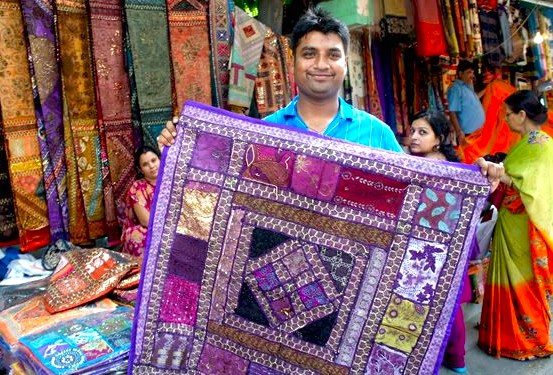
Devaraja Market Mysore: Origins of a Living Legacy
The market traces its roots back to the royal era of the Wodeyar Kings, who ruled Mysore from the 14th century. Officially established in the 1880s, the market evolved from a small bazaar designed to supply goods to the palace and the surrounding city. Over time, it expanded into a sprawling space accommodating hundreds of traders, artisans, and vendors. Its name pays homage to King Dodda Devaraja Wodeyar, of the Wodeyar Dynasty, who promoted the region’s trade and agricultural wealth. The strategic location of Mysore as a center of power ensured the market’s steady growth, transforming it into an essential hub for trade during the height of the kingdom's prosperity.
Treasures in Spices
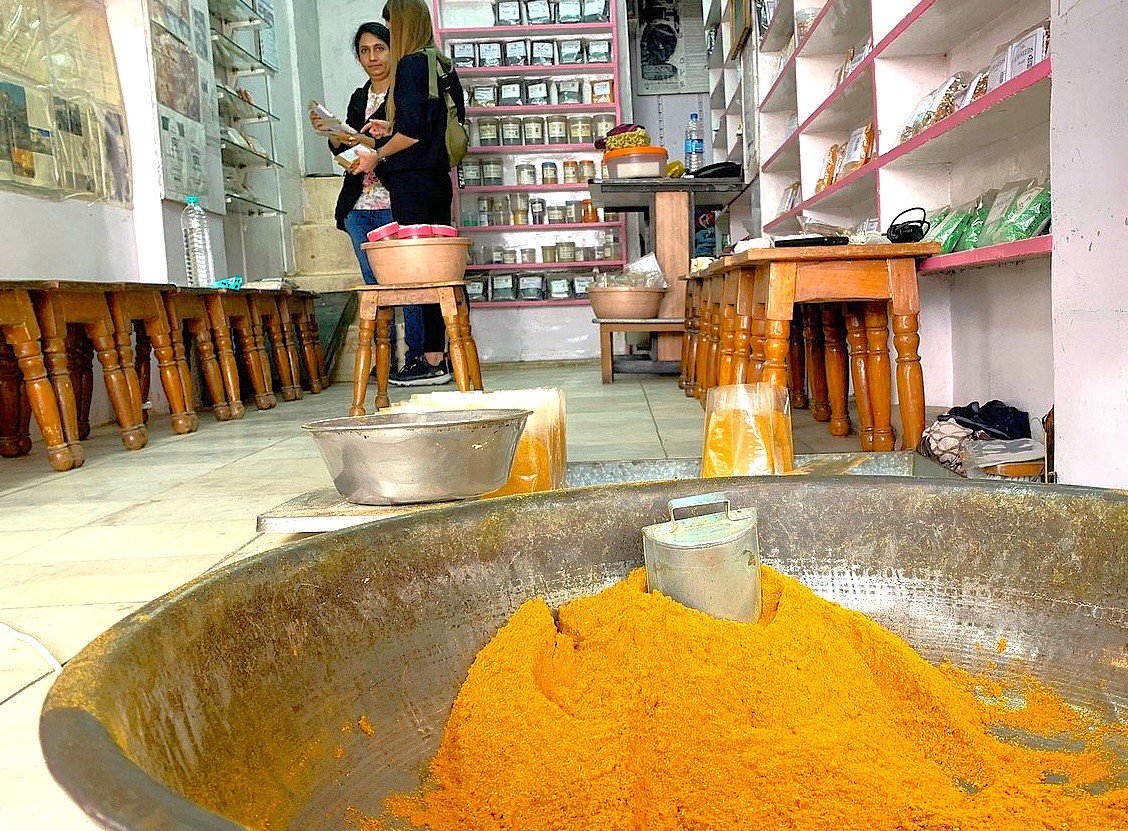
Step into the lively Devaraja Market in Karnataka, a place where every corner holds a new delight. The spice section is a feast for the senses, with vendors revealing brilliantly colored powders and fragrant dried herbs in wonderful woven baskets. These sellers take great pride in their artful displays, creating a vibrant visual that attracts shoppers from all over. Be sure to see the fiery Byadgi chillies, which add a unique flavor to local dishes and represent the area's deep agricultural heritage. The busy energy, vivid colors, and rich aromas make this market a truly special destination, inviting you to explore its many treasures.
Festivals and Feasts
The market comes alive during Mysore’s famous Dasara festival, celebrated in September or October. Dasara is a ten-day event that transforms Mysore into a vibrant space of celebration, and the market becomes its pulsating heart. Vendors increase their stock of flowers, spices, and festival essentials while the market buzzes with energy as locals prepare for the grandeur of the royal processions and temple rituals. The market also witnesses a surge in demand for silk sarees, traditional snacks, and locally crafted decorations, making it an inseparable part of the city’s festive spirit.
Legends and Myths

Devaraja Market thrives under the watchful eye of Mysore’s guardian, Chamundeshwari. Legend says she vanquished the demon Mahishasura on the nearby hills, an epic battle that gave the city its very name. The Wodeyar kings, who built much of this beautiful city, revered her as their powerful protector and patron deity. As we walk through the vibrant aisles, the fragrant flowers and aromatic spices serve as a constant reminder of this deep connection. Often used for daily worship rituals, these items link the busy present to the sacred past.
Blossoms for the Gods
The flower section of Devaraja is among its most intriquing areas, where garland makers work tirelessly to weave flowers into intricate arrangements. Flowers such as jasmine, lotus, roses, and chrysanthemums are sold in large quantities, with their intoxicating fragrance permeating the air. These blooms hold significant cultural and religious value, as they are often used as offerings in Mysore’s many temples, including the iconic Chamundeshwari Temple. The garlands can be customized for weddings, festivals, or sacred rituals, making this segment of the market integral to the city’s spiritual identity.
The Essence of Incense
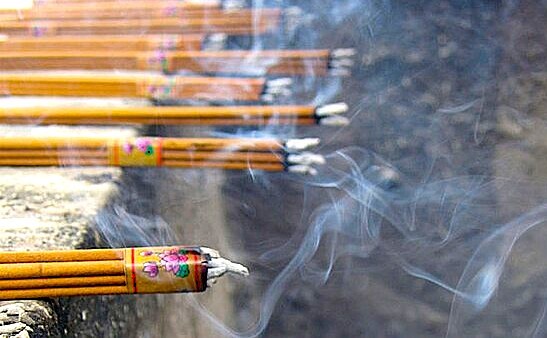
Skilled artisans in Mysore produce the city’s most desired agarbatti, or incense sticks, using a timeless blend of natural ingredients like rich sandalwood powder, pure oils, and pure resins. The city is renowned for its sandalwood incense, which gently burns with a soothing, aromatic smoke that perfectly reflects the enduring spirit of Mysore. As evening falls, we take part in this beautiful tradition and roll our own incense sticks. It is a most enjoyable and wonderfully relaxing activity. While we work, we sip on warm, spiced chai and snack on delicious samosas.
Ancient Trade Routes
Devaraja Market Mysore. Played a key role as a crucial connector within South India’s historical trade routes, linking major coastal ports to flourishing inland markets. The city’s market prospered as a result, trafficking in goods such as sandalwood, luxurious silk, and renowned spices, all of which traveled far beyond India’s borders. Traders from as far away as Persia and Southeast Asia valued Mysore’s top-quality products, and this international demand shaped the diverse offerings found in the market even today. Its ongoing vibrancy stands as a living legacy and enduring testament to Mysore’s influence as a vital place in the rich tapestry of Indian trade history.
Sweet Traditions
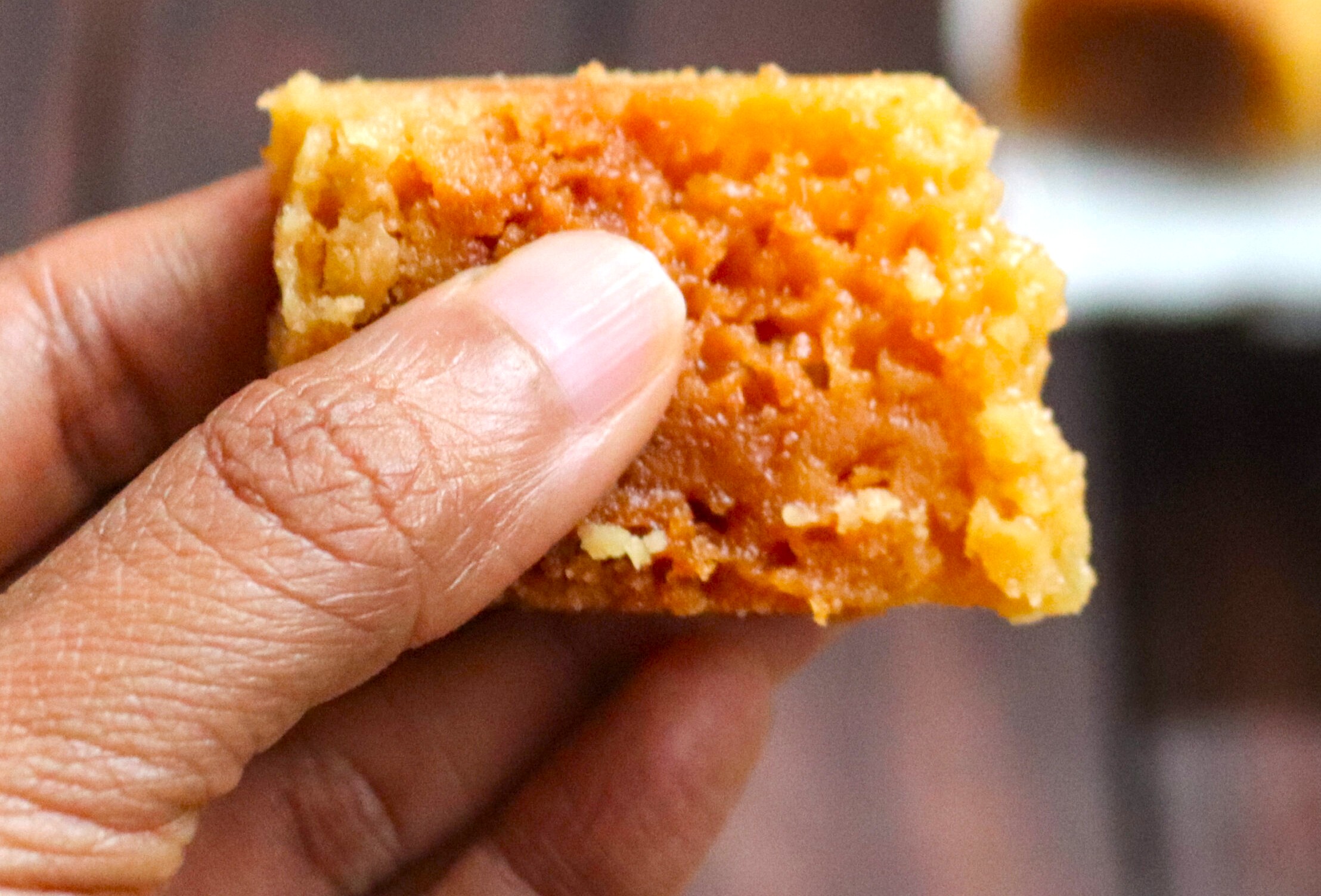
Mysore Pak, a dessert born in the royal kitchens of the Wodeyar Dynasty, carries a legacy of sweet indulgence. It was created by chef Kakasura Madappa during the reign of Maharaja Krishnaraja Wodeyar IV as an unplanned masterpiece, blending ghee, gram flour, and sugar into a golden fudge. Its unique porous, honeycomb texture, which simply melts in the mouth, is its defining characteristic. Named after paka, the Kannada word for sugar syrup, it became a royal favorite and the official dessert of the kingdom. The recipe soon spread beyond the palace walls, becoming a proud symbol of Mysore's culinary heritage.
Challenges and Sustainability
In recent years, market has faced challenges ranging from urban development pressures to the need for sustainability. Fires and infrastructure concerns have raised questions about preserving the old market space. However, the local government and citizens have rallied to maintain the market’s historical and economic value. Efforts to implement waste management systems and preserve traditional trading practices show a collective determination to ensure the market thrives in harmony with modern needs.
Pack Your Bags: Your Next Chapter is Epic
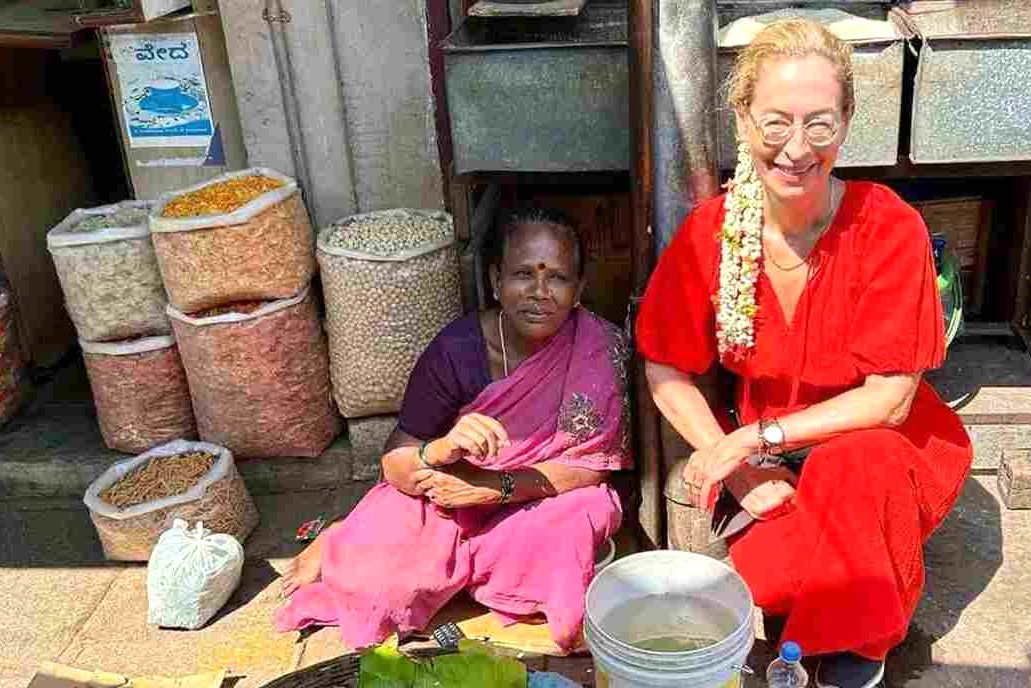
Devaraja Market Mysore. The sweet fragrance of fresh marigolds to the colorful arrays of spices and silks, every corner tells a story of enduring tradition. Here, you can watch artisans craft sandalwood figures and listen to the cheerful banter of vendors selling everything from fresh produce to traditional sweets. The air is thick with a mix of unforgettable aromas that draw you deeper into the bustling lanes. This landmark is where generations of families have earned their livelihood, creating a living connection to the city’s past.
Mysore - Where Everyone Gains Something New
Mutual exchange between guests and locals brings countless benefits. Visitors gain authentic insights into Mysore’s culture, traditions, and daily life, while locals take pride in sharing their stories and expertise. These meaningful interactions foster respect, understanding, and cultural appreciation on both sides. Such connections often lead to lasting friendships, memorable experiences, and a greater sense of global community, enriching every visit and strengthening the bonds between hosts and travelers alike.